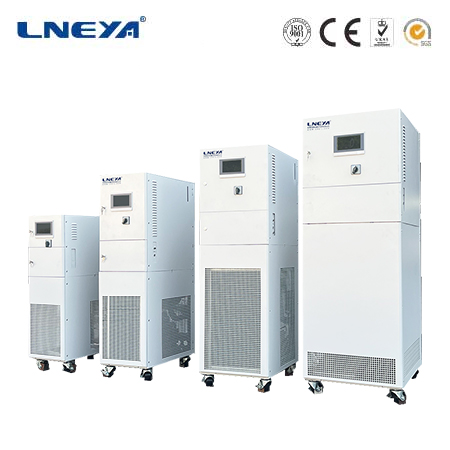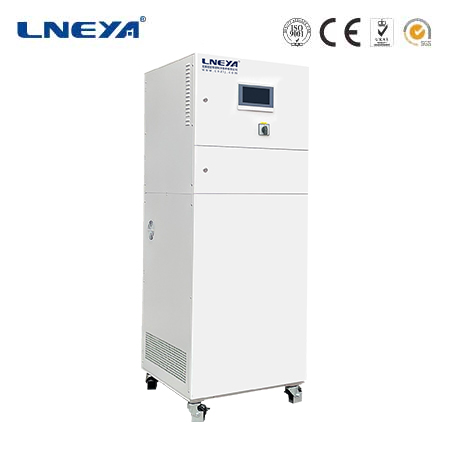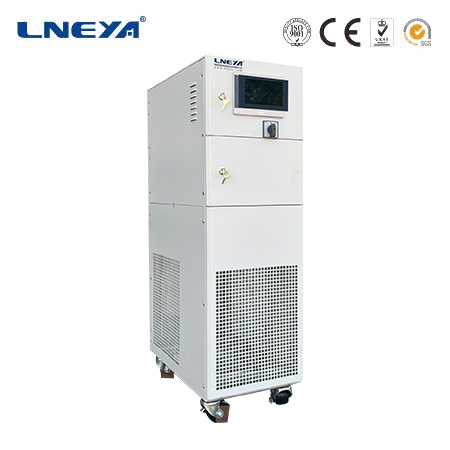chilled glycol
Chilled Glycol: Definition and Applications
Chilled glycol refers to a coolant mixture used in industrial process cooling systems, typically consisting of glycol and water. Glycol, an organic compound belonging to the alcohol family, is added to water to lower the freezing point of the mixture, which is crucial for applications requiring temperatures below the freezing point of water.

How Does Chilled Glycol Work?
The glycol cooling system in a chiller functions by circulating the glycol-water mixture through a heat exchanger or cooling jacket to absorb heat from the industrial process. The warmed coolant returns to the refrigeration unit, where it is cooled and recirculated.
Types of Glycol Used in Chilled Glycol Systems
Two main types of glycol are used: ethylene glycol and propylene glycol. Ethylene glycol is more effective at lowering the freezing point but is moderately toxic, making it unsuitable for food and beverage applications. Propylene glycol, on the other hand, is non-toxic and is the safer option for industries like food processing and breweries.
Advantages of Chilled Glycol

Chilled glycol offers several advantages over systems that use ice or purified water for cooling industrial processes. These include consistent cooling temperatures, which protect frozen and refrigerated food from spoilage, and higher quality food with better taste. Glycol chillers can also accommodate narrow temperature ranges and provide more consistent and reliable performance due to their antifreeze properties.
Environmental Considerations and Efficiency
Environmental concerns have impacted the use of ethylene glycol due to its toxicity, leading to increased operating costs for handling, disposal, and potential spillage. Propylene glycol is considered more environmentally friendly with a lower environmental impact. Additionally, glycol chillers are energy efficient, with the potential to achieve high COP (Coefficient of Performance) and EER (Energy Efficiency Ratio) values.
Applications of Chilled Glycol

Chilled glycol is widely used in various industries, including brewing, wine production, and ice rink maintenance. In breweries, glycol chillers enable rapid cooling of beer after fermentation and maintaining constant temperatures during fermentation. In the wine industry, glycol chillers control thermal conditions during fermentation. Ice rinks also rely on glycol chillers to maintain the freezing conditions required for their operations.
Conclusion
Chilled glycol is a vital component in industrial process cooling, providing consistent temperature control and antifreeze capabilities. The choice between ethylene and propylene glycol depends on the specific application and environmental considerations. Glycol chillers play a significant role in sustainable cooling solutions, offering energy efficiency and environmental friendliness. Understanding the properties and applications of chilled glycol is essential for industries relying on precise temperature control.
Related recommendations
How many degrees does a 300 ton chiller usually need to be adjusted?
1084How many degrees does a 300 ton chiller usually need to be adjusted? The adjustment temperature of the 300 ton chiller unit varies depending on the specific situation and needs to be ad...
View detailsheat pump chiller system
423Heat Pump Chiller Systems: Energy-Efficient HVAC Solutions Heat pump chiller systems represent a significant advancement in the field of heating, ventilation, and air conditioning (HVAC). These...
View detailsethylene glycol cooling system
240IntroductionEthylene glycol cooling systems have become an integral part of numerous industrial, commercial, and even some residential applications. The unique properties of ethylene glycol, when...
View detailstemperature of a chiller
620Introduction to Chiller Temperatures Chiller systems are designed to remove heat from an area or process and maintain a desired temperature for comfort, safety, or industrial requirements. The ...
View details
 LNEYA Thermal Test Chillers
LNEYA Thermal Test Chillers






HelloPlease log in